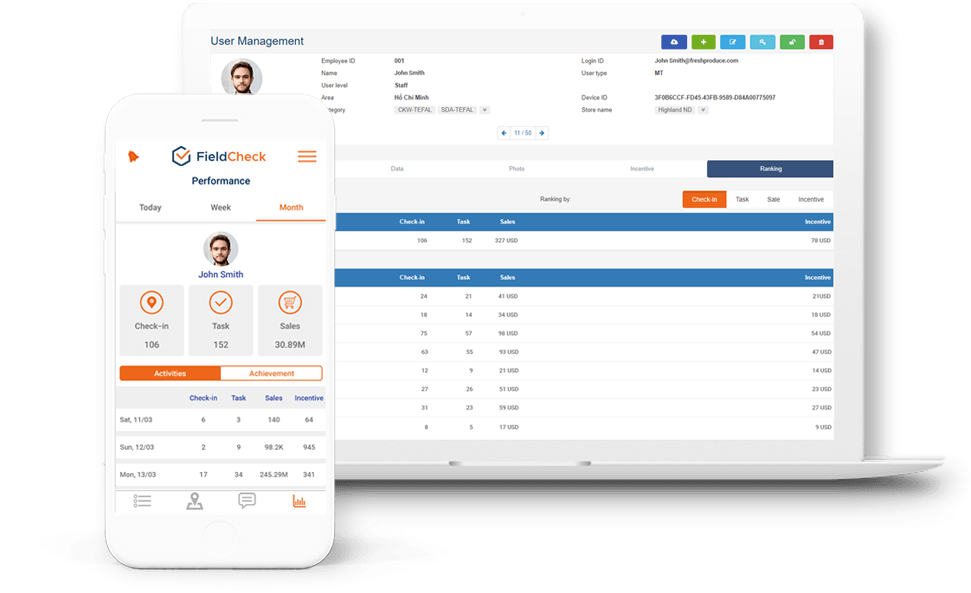Letting Loose the Power of Information: Enhancing Human Resources Approaches With Cutting-Edge Staffing Management Software
In the quickly developing landscape of personnels, the utilization of data has actually become a critical pressure in shaping business success. As firms aim to stay active and affordable, the integration of sophisticated staffing administration software program sticks out as a transformative device in streamlining HR procedures. By taking advantage of the power of data analytics, companies can not only boost their employment strategies yet additionally optimize staff member retention and productivity. The synergy between data-driven understandings and progressed modern technology provides a compelling opportunity for human resources experts to change their technique towards ability administration.
Importance of Data-Driven Human Resources Techniques
Data-driven HR techniques allow firms to maximize their workforce management, recruitment processes, and worker involvement campaigns. By assessing data related to employee performance, turnover rates, and skill spaces, HR departments can determine patterns, anticipate future requirements, and establish aggressive options to resolve obstacles.
Data-driven human resources approaches additionally play an essential role in enhancing employee complete satisfaction and retention. Through the analysis of employee feedback, efficiency testimonials, and training end results, human resources experts can tailor private development plans, identify high-potential staff members, and cultivate a society of constant knowing and growth within the company. In addition, data-driven insights enable HR groups to straighten their techniques with the overall business purposes, making sure that skill management initiatives straight contribute to business success.
Advantages of Staffing Monitoring Software Application
Utilizing staffing monitoring software application improves the employment and onboarding processes for human resources departments, boosting effectiveness and precision in skill acquisition. One considerable advantage of this software is the capacity to centralize candidate information, making it easily obtainable for recruitment groups. By having all applicant info in one place, HR specialists can effectively track prospect progress, interact effectively with prospective hires, and make certain a seamless employment experience.
Moreover, staffing administration software commonly includes functions such as return to analyzing and keyword phrase matching, which aid in quickly determining leading prospects that match the job demands. This automation lowers the time invested in hands-on return to evaluating, allowing HR personnel to concentrate on even more strategic tasks. staffing management software. Furthermore, these systems can incorporate with work boards and social media sites platforms, expanding the reach of task postings and drawing in a varied swimming pool of prospects
Furthermore, analytics and reporting tools within staffing management software application offer useful understandings right into employment metrics, such as time-to-fill and cost-per-hire. This data-driven strategy enables HR teams to make informed decisions, optimize employment strategies, and improve overall hiring processes. By leveraging these benefits, companies can simplify their ability procurement initiatives, boost prospect experience, and ultimately build a solid workforce.
Enhancing Recruitment Procedures With Data
By leveraging data, companies can make even more informed choices throughout the recruitment lifecycle, inevitably leading to much better hires and improved retention prices. One essential means data boosts recruitment procedures is by enhancing work postings based on understandings from past effective hires.
In addition, data analytics can improve the screening and option process by identifying patterns in prospect credentials and efficiency indicators. In general, integrating information right into employment procedures encourages organizations to make smarter hiring decisions and develop high-performing teams.
Improving Worker Retention Via Modern Technology

One way technology can enhance employee retention is via making use of staff member involvement systems. These systems permit real-time comments, recognition, and communication in between staff members and monitoring, promoting a culture of gratitude and support. Additionally, modern technology can make it possible for tailored discovering and advancement programs tailored to individual staff member requirements and profession goals, increasing work contentment and linked here commitment.
Furthermore, data analytics devices can assist organizations recognize trends and patterns connected to worker turnover, allowing them to take positive measures to attend to potential concerns before they escalate. Generally, by leveraging innovation effectively, organizations can create a much more interesting and encouraging workplace that motivates staff members to remain and grow within the business.
Optimizing Workforce Productivity With Information

Via the analysis of information, human resources divisions can determine patterns and trends that influence productivity levels. By tracking employee job hours and project completion prices, organizations can optimize work routines to make certain that jobs are effectively distributed among group participants. In addition, data can disclose ability voids within the labor force, enabling human resources to apply my company targeted training programs that improve worker abilities and general efficiency.
Moreover, data-driven efficiency examinations allow managers to offer particular feedback and support to employees, cultivating a society of continual enhancement. Generally, leveraging data to take full advantage of workforce productivity is a tactical method that empowers companies to attain their goals efficiently and efficiently.
Verdict
In verdict, using advanced staffing management software program can substantially enhance human resources methods by leveraging the power of data. By including data-driven employment processes, boosting worker retention through modern technology, and optimizing workforce performance, organizations can streamline their procedures, make more educated decisions, and inevitably achieve better success in managing their human resources. Embracing these technical developments is crucial in the ever-evolving landscape of personnel management.
Data-driven HR methods enable business to maximize their labor force management, employment procedures, and dig this employee engagement efforts. By assessing data related to worker efficiency, turn over rates, and skill spaces, Human resources divisions can recognize trends, anticipate future requirements, and create aggressive solutions to deal with difficulties.
